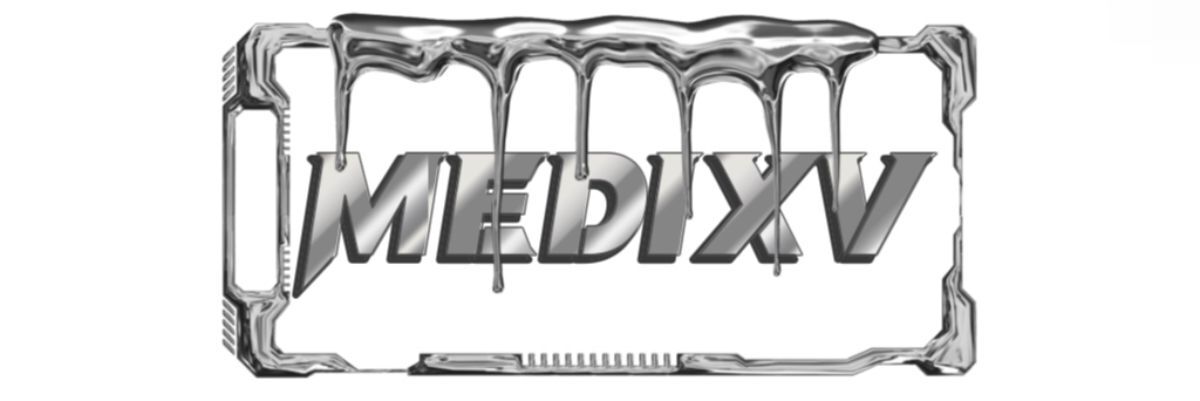7 Essential Facts About Chloroprene Rubber You Need to Know
Chloroprene rubber is a versatile material utilized across various industries, but understanding its properties and applications can be crucial for making informed decisions. In this article, we will explore seven essential facts about chloroprene rubber, enriched with insights from industry experts.
Want more information on chloroprene rubber? Feel free to contact us.
1. What is Chloroprene Rubber?
Chloroprene rubber, commonly known by its trade name Neoprene, is a synthetic rubber produced from the polymerization of chloroprene monomers. According to Dr. Emily Carter, a polymer scientist, “Chloroprene rubber is highly valued for its ability to withstand temperature fluctuations and resist degradation from environmental factors.” This makes it an ideal choice for outdoor applications.
2. Excellent Resistance to Oil and Chemicals
One of the standout features of chloroprene rubber is its resistance to oil and various chemicals. Industry analyst Tom Hawthorne notes, “Many manufacturing processes require materials that won’t break down when in contact with oils or certain chemicals. Chloroprene rubber provides a strong solution in these cases.” This attribute significantly extends its lifespan in challenging environments.
3. Flexibility and Strength
Chloroprene rubber is known for its remarkable flexibility and tensile strength. According to Julie Stein, a materials engineer, “The elasticity of chloroprene rubber allows it to maintain its form even under stress, making it suitable for applications in industries like automotive and aerospace.” This combination of properties makes it a preferred choice for creating durable goods.
4. Resistance to Weathering
The ability of chloroprene rubber to resist weathering is another key advantage. Continuous exposure to the elements can degrade many materials, but chloroprene maintains its integrity. “This resistance is essential for products used in outdoor applications, such as seals and gaskets,” states Dr. Michael Reynolds, an environmental chemist.
Explore more:How Can Elastic Polyester Resins Improve Durability in Consumer Electronics Coatings?
5. Thermal Stability
Chloroprene rubber exhibits excellent thermal stability, allowing it to perform well in both extreme heat and cold. “For manufacturers, having a material that won’t fail in extreme conditions is vital,” emphasizes Lisa Guan, a senior product manager. This heat and cold resistance ensures reliability across a variety of industrial applications.
6. Sound Dampening Properties
Beyond its physical durability, chloroprene rubber also possesses effective sound dampening properties. Acoustic engineer Paul Amend describes it as “an excellent choice for applications requiring noise reduction, such as vibration pads in machinery.” This capability helps improve comfort and reduces operational noise in industrial setups.
7. Sustainability and Recycling
As sustainability becomes a key focus in industry practices, the recycling of chloroprene rubber is gaining attention. “While traditional chloroprene rubber can be challenging to recycle, innovations are emerging that allow for more sustainable practices,” notes sustainability expert Sarah Fields. The future may hold more opportunities for using this versatile material responsibly.
In summary, chloroprene rubber serves a multitude of purposes across various sectors, equipped with distinct advantages that make it an essential material. By understanding these key facts, businesses can leverage its properties effectively to meet their specific needs.
For more information, please visit oleochemical.


Comments
0